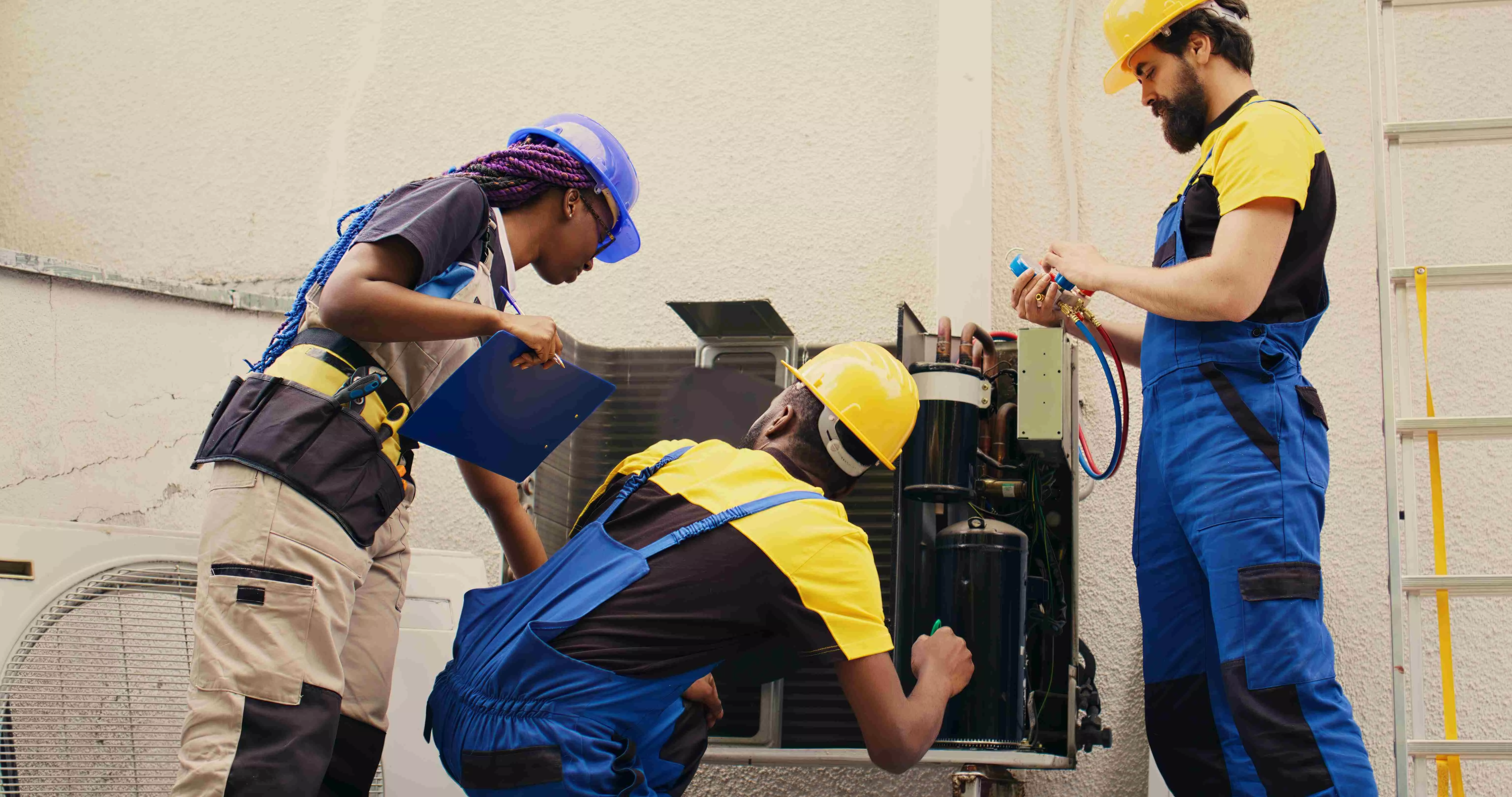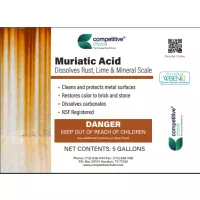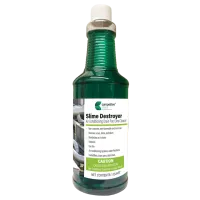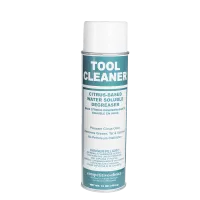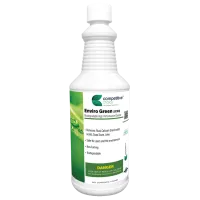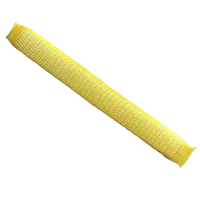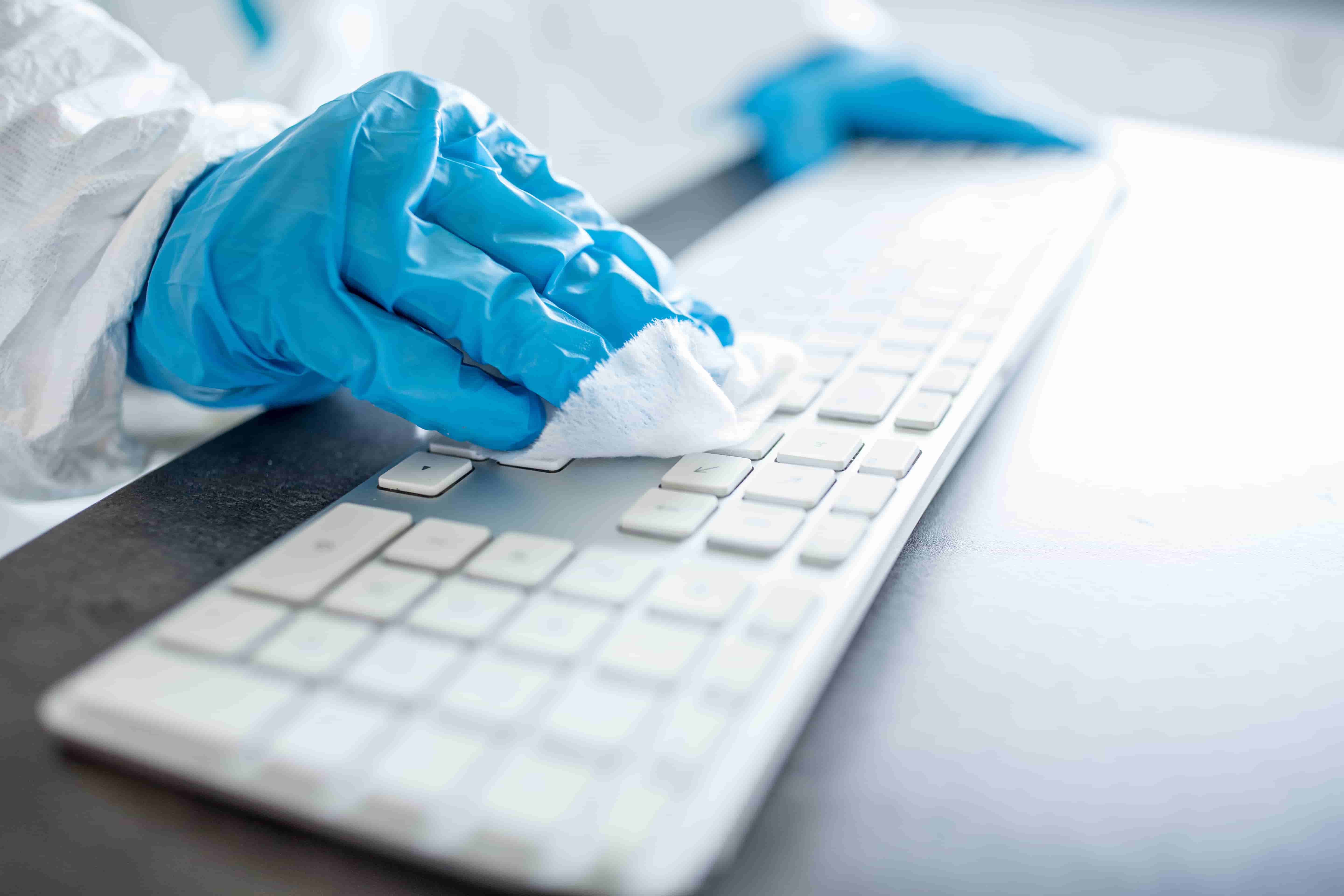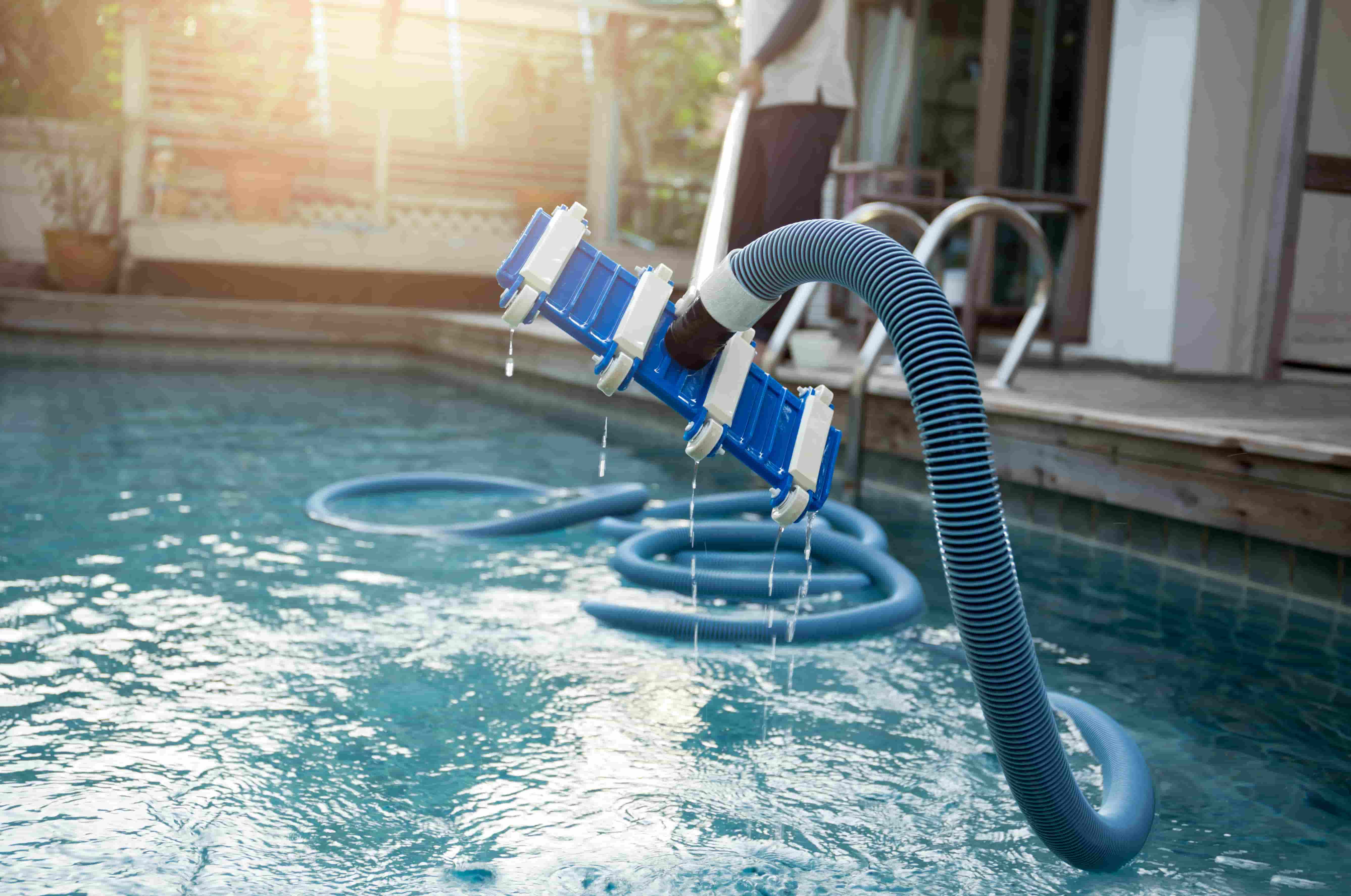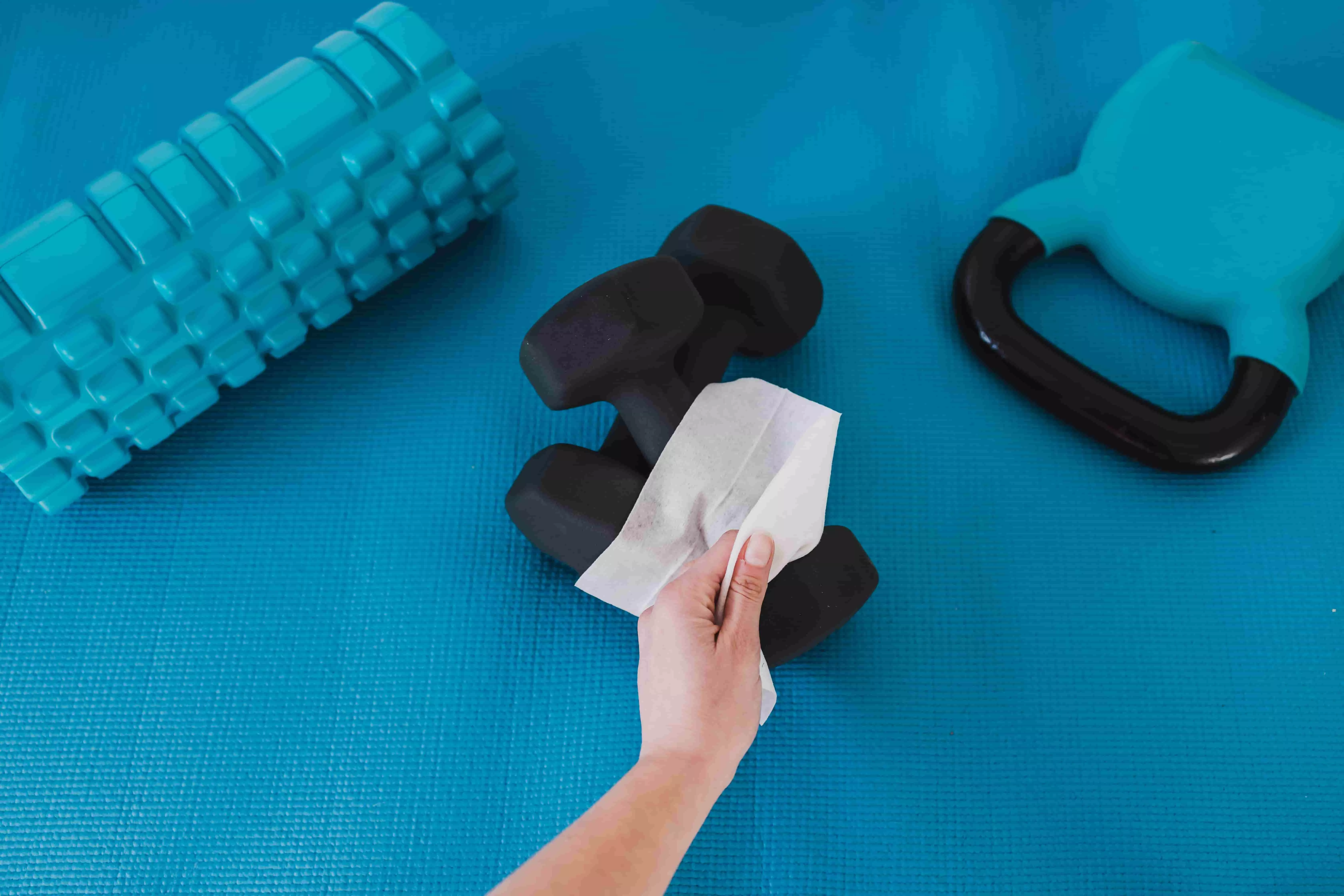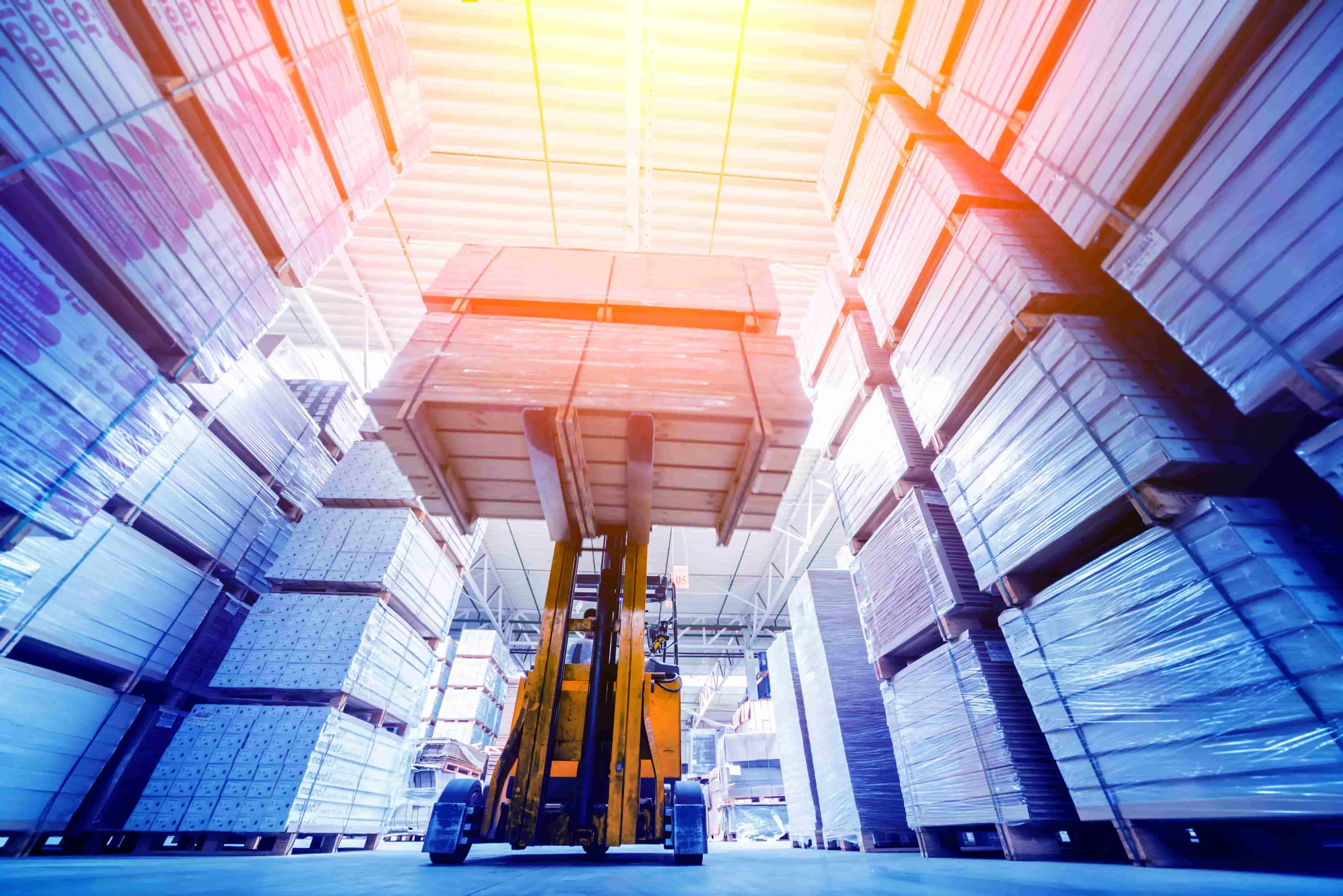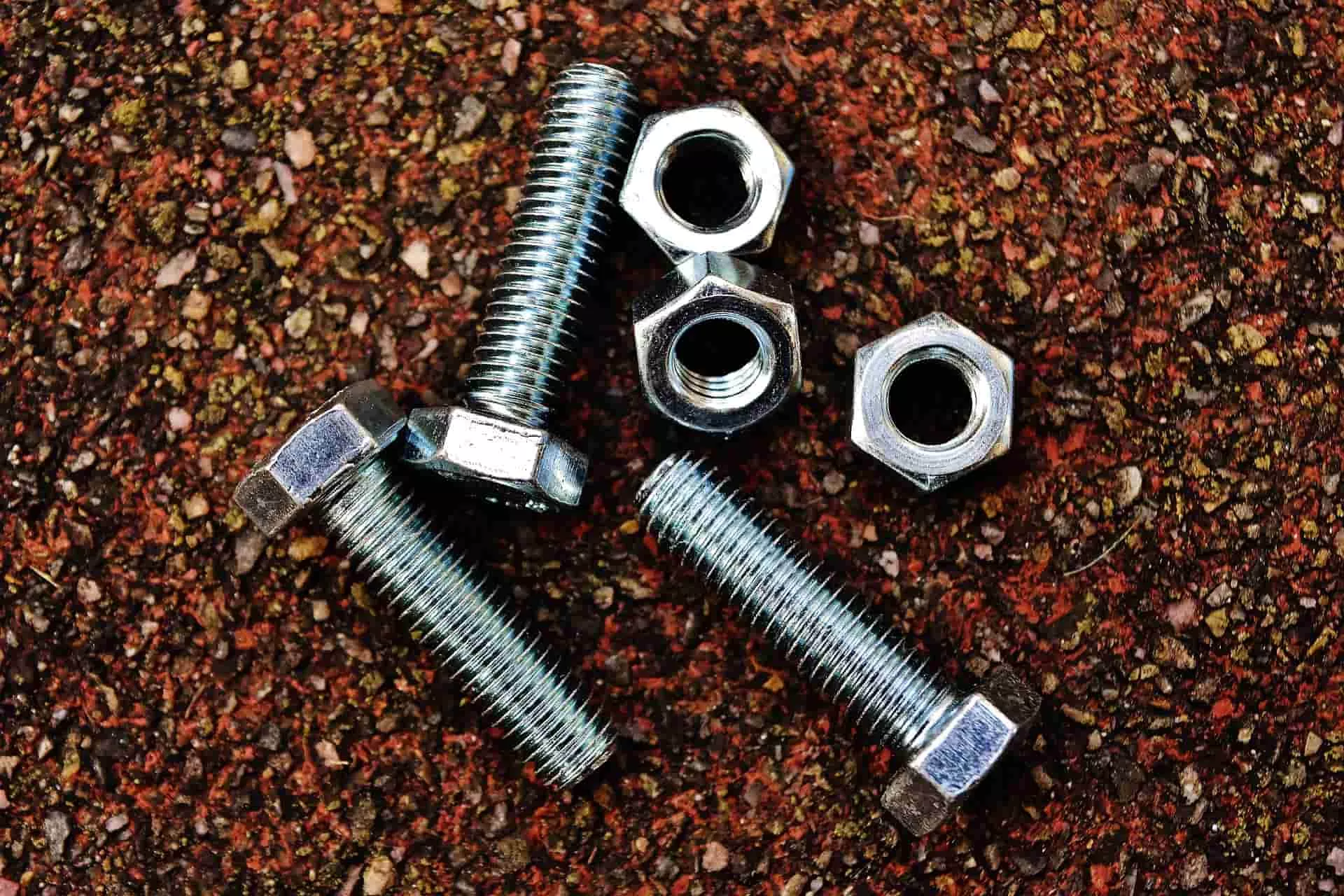Step-by-Step Guide to Cleaning HVAC Coils
Cleaning HVAC coils may seem daunting, but it’s a relatively simple process that can be done
with the right tools and techniques. Here’s a step-by-step guide to cleaning HVAC coils:
Step 1: Turn off the power: Before you begin cleaning your HVAC coils, it’s
important to turn off the power to the equipment. This will prevent any accidents or
damage to the equipment.
Step 2: Remove the access panels: The next step is to remove the access panels
from the HVAC unit to expose the coils. Depending on the type of unit, this may require
a screwdriver or other tools.
Step 3: Inspect the coils: Once the coils are exposed, take a close look at them
to assess the degree of dirt and debris accumulation. If the coils are heavily soiled,
you may need to use a coil cleaner to get rid of the dirt effectively.
Step 4: Use a coil cleaner: There are two types of coil cleaners: alkaline and
acidic. Alkaline cleaners are best for removing grease and oil-based dirt, while acidic
cleaners are ideal for mineral-based dirt. Read the manufacturer’s instructions
carefully before using the cleaner.
Spray the cleaner evenly over the coils, making sure to cover all surfaces. Allow the
cleaner to sit for the recommended amount of time, typically 5-10 minutes.
Step 5: Rinse the coils: After the cleaner has had time to work, rinse the coils
thoroughly with water. You can use a hose, a pressure washer or a coil cleaning system
to do this. Make sure to rinse off all traces of the cleaner and dirt.
Step 6: Check the condensate drain: While you’re at it, it’s a good idea to check
the condensate drain for any blockages. A clogged condensate drain can cause water
damage and lead to mold growth.
Step 7: Reassemble the unit: Finally, reassemble the unit by putting back the
access panels and turning on the power. You should notice an improvement in the
performance of your HVAC system after cleaning the coils.


